Your roof is one of the most important parts of your home, but it’s also one of the most expensive to repair if things go wrong. Many homeowners don’t realize how small issues can escalate into costly disasters, from leaks that cause water damage to structural problems that require full replacements. Certain roof features, while visually appealing or once considered practical, can actually lead to expensive repairs down the road. If you’re not careful, you could end up with unexpected costs that drain your budget.
Whether you’re buying a new home, planning renovations, or just maintaining your current property, understanding these potential pitfalls is crucial. From skylights that let in more than just sunlight to chimneys that hide hidden dangers, these a few roof features could end up costing you a fortune to fix.
Skylights That Leak Over Time

Skylights can brighten up a home and make spaces feel more open, but they’re also a common source of roof leaks. Over time, the seals around skylights can deteriorate due to exposure to rain, wind, and fluctuating temperatures. If the flashing around the skylight isn’t installed correctly or gets damaged, water can seep into your attic or ceilings. Once moisture gets inside, it can lead to mold growth, wood rot, and insulation damage.
Repairing or replacing a leaking skylight isn’t cheap, especially if water damage has already spread to other areas. Even properly installed skylights need regular maintenance to prevent issues, making them a long-term investment in both time and money. If you already have skylights, check them frequently for cracks, worn-out seals, or signs of moisture around the edges. In some cases, it may be more cost-effective to remove them entirely rather than continually repairing leaks.
Chimneys with Hidden Structural Issues
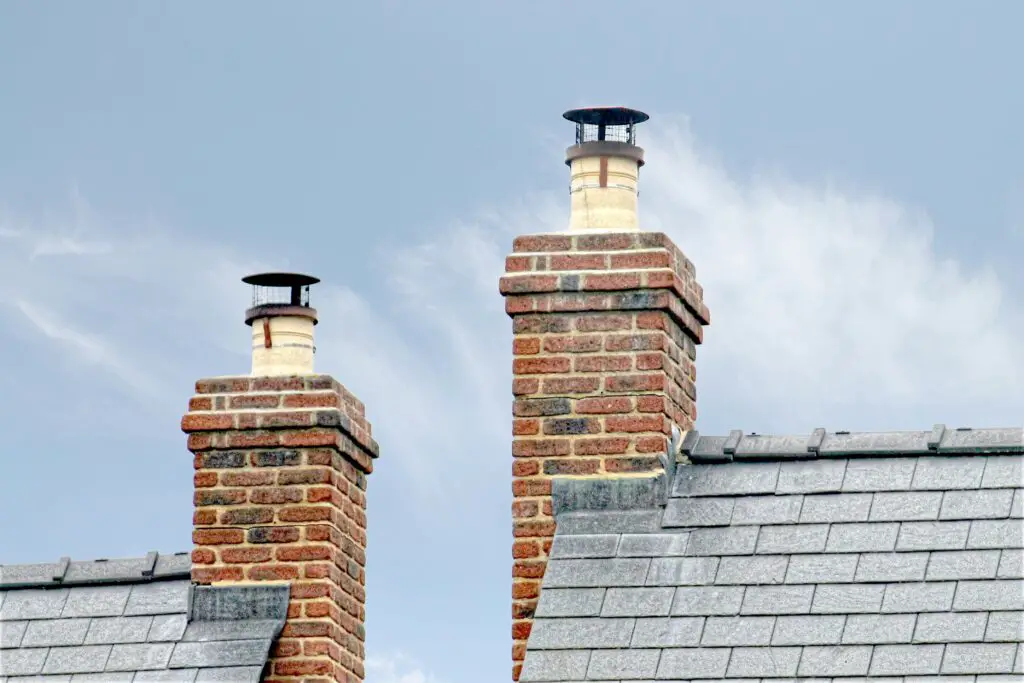
A chimney might look solid from the outside, but hidden issues can lead to major repair bills. Over time, bricks and mortar can deteriorate, allowing water to seep in and cause internal damage. If the flashing around the base of the chimney is compromised, leaks can develop, leading to costly repairs inside your home. Additionally, if the chimney is not properly lined or maintained, it could create a fire hazard.
Many homeowners don’t realize that chimney repairs often involve both roofing and masonry specialists, increasing labor costs. Repointing bricks, replacing flashing, or installing a new chimney liner can quickly add up to thousands of dollars. Regular inspections are key to catching small problems before they become expensive disasters. If you notice crumbling mortar or water stains around your chimney, address the issue immediately to avoid further damage.
Flat Roofs That Trap Water
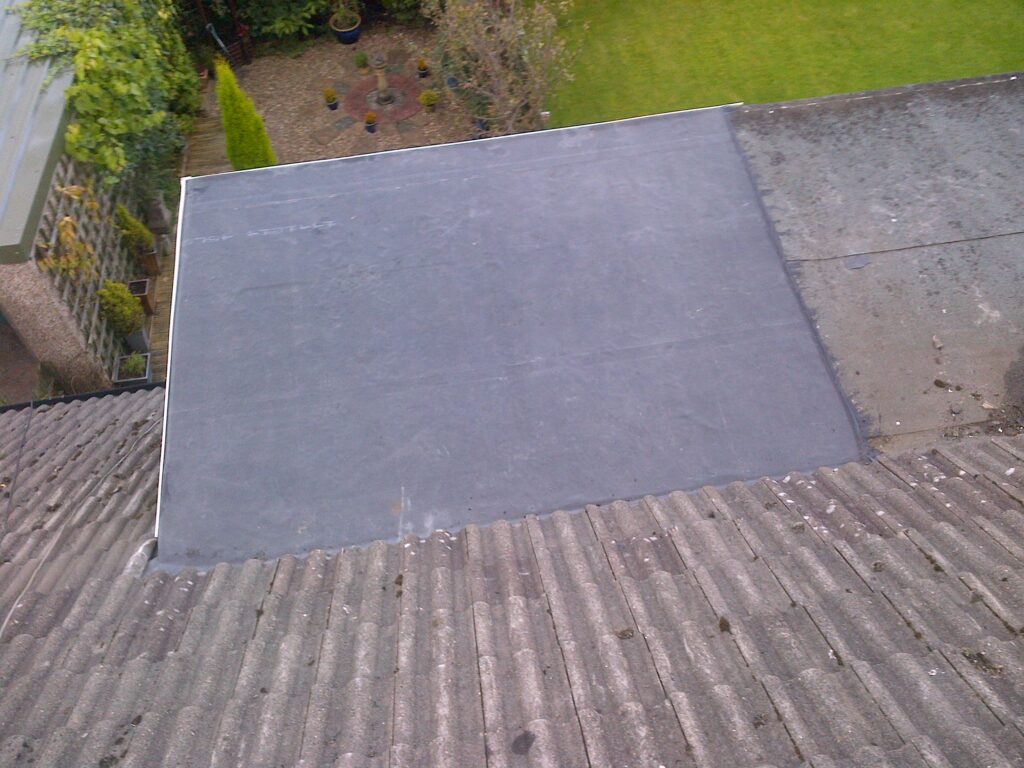
Flat roofs are often seen in modern or commercial-style homes, but they come with serious maintenance challenges. Unlike sloped roofs, which naturally shed water, flat roofs are prone to pooling. Standing water can accelerate roof deterioration, leading to leaks and costly repairs. If drainage systems aren’t properly installed, the problem will only get worse over time.
In colder climates, pooled water can freeze and expand, causing cracks and structural issues. Even small leaks in a flat roof can spread quickly, damaging insulation, ceilings, and even interior walls. Repairing a flat roof is typically more expensive than fixing a traditional sloped roof because specialized materials and techniques are required. If your home has a flat roof, regular inspections and drainage maintenance are crucial to avoid costly problems.
Poorly Installed Solar Panels
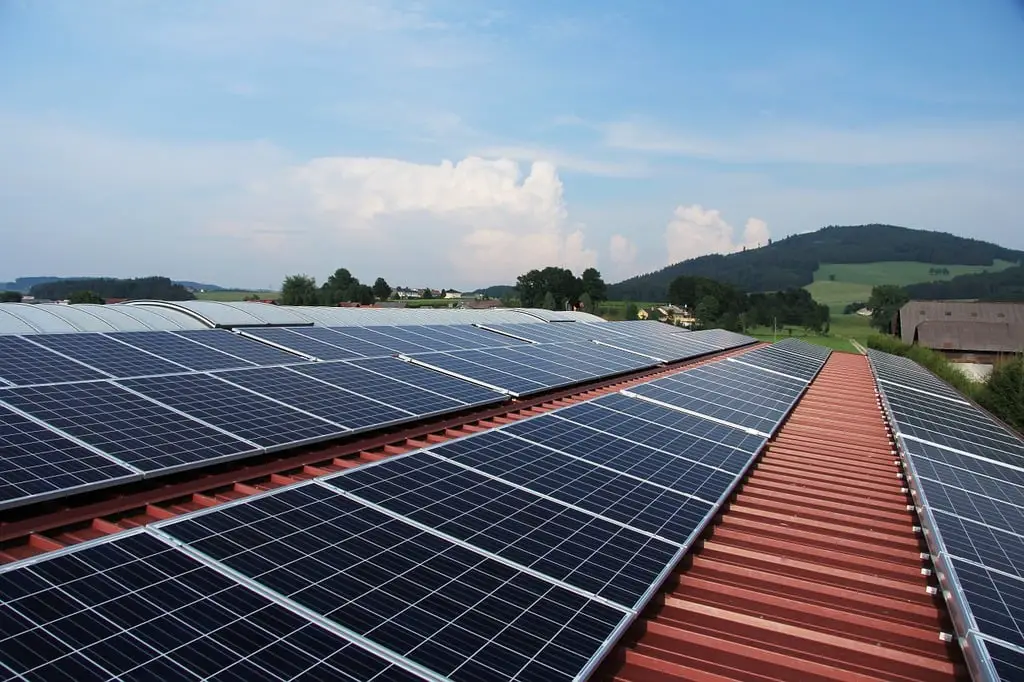
Solar panels can save you money on electricity, but if they’re not installed correctly, they can wreak havoc on your roof. Improper mounting can cause leaks where the panels are anchored, leading to water infiltration beneath the roofing materials. Over time, this can rot the wooden structure of the roof, leading to expensive structural repairs. Additionally, if solar panels aren’t installed with proper spacing, they can create heat pockets that prematurely wear down the shingles beneath them.
When hiring a contractor for solar panel installation, make sure they’re experienced in both roofing and solar technology. Poorly installed panels can also void your roof’s warranty, leaving you responsible for any future damage. Regular inspections are essential to catch any issues early, especially after extreme weather. While solar energy is a great investment, ensuring proper installation will prevent it from becoming a costly mistake.
Roof Valleys That Channel Too Much Water
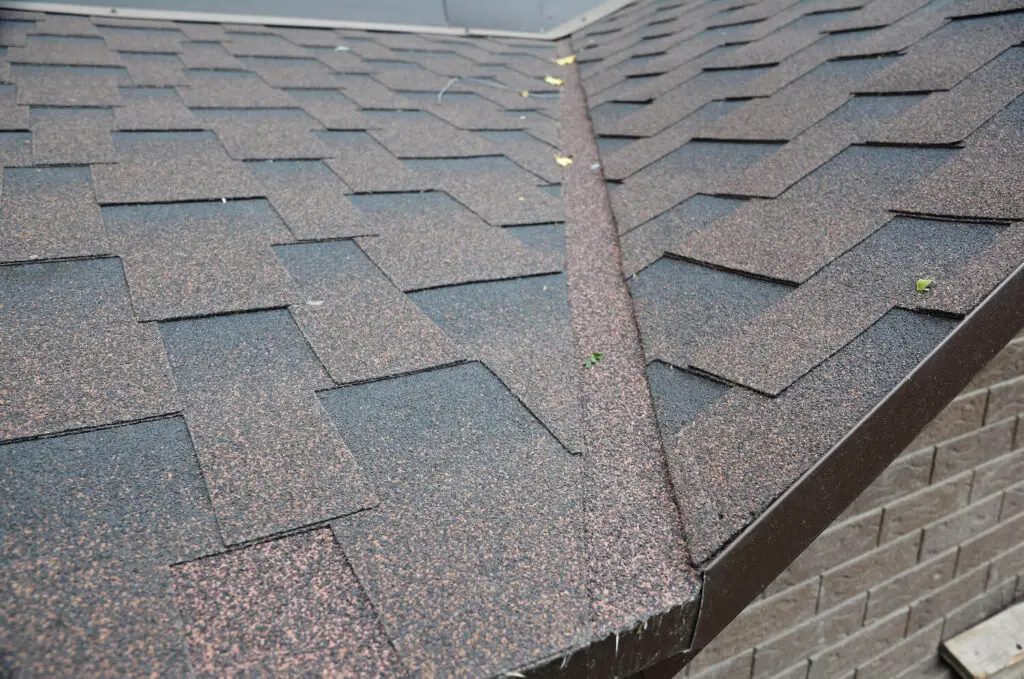
Roof valleys are the areas where two slopes meet, directing rainwater and snow runoff down toward the gutters. If not properly designed or maintained, these valleys can become weak points in your roof. Over time, the heavy flow of water can wear down shingles and flashing, leading to leaks and structural damage. If debris like leaves and twigs accumulate in the valleys, water can pool and cause even more problems.
Fixing roof valleys often involves replacing damaged flashing, sealing leaks, or even restructuring parts of the roof to improve drainage. The cost of repairs depends on the extent of the damage, but neglecting the issue can lead to interior water damage and mold growth. Regular roof cleanings and inspections will help prevent costly repairs. If your home is surrounded by trees, trimming back branches can also minimize debris buildup in roof valleys.
Poorly Installed Flashing
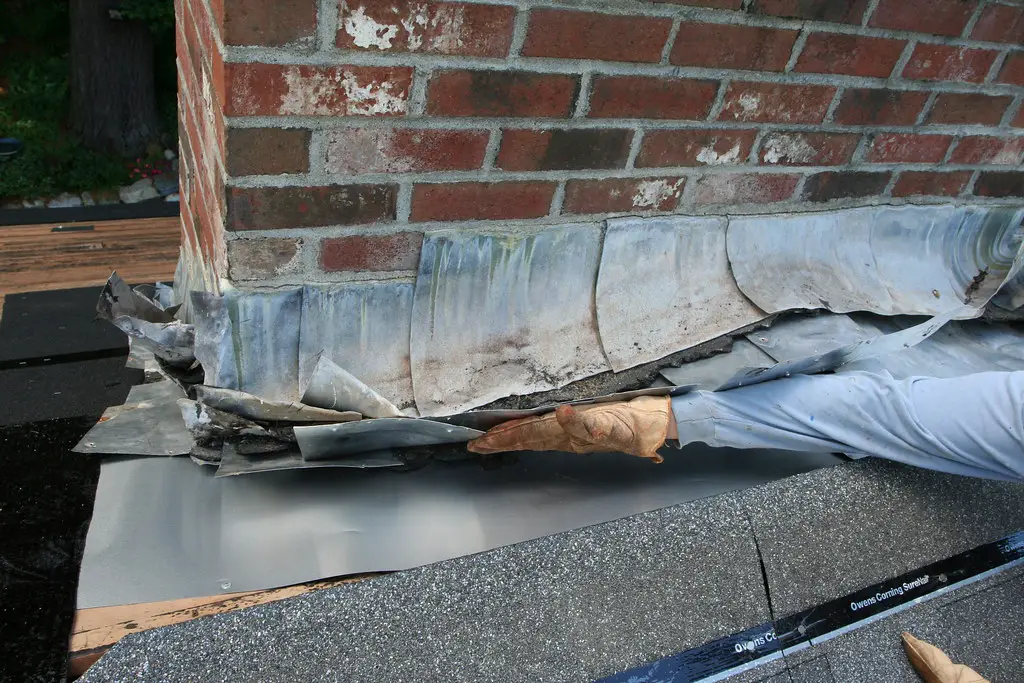
Flashing is the thin metal material installed around roof joints, chimneys, and vents to prevent water leaks. If it’s improperly installed or starts to degrade, water can seep into your home, leading to costly interior damage. Homeowners often don’t notice flashing issues until leaks become severe, requiring both roof and ceiling repairs. Fixing flashing can be expensive, especially if it has allowed water to compromise the underlying structure.
Beyond water damage, faulty flashing can also contribute to mold growth and insulation issues. If moisture builds up over time, it can weaken the surrounding roofing materials, causing additional structural concerns. Hiring a professional to replace or repair flashing properly is crucial, but it can cost thousands depending on the extent of the damage. Preventative inspections and routine maintenance are the best ways to avoid a major repair bill.
Aging or Cracked Shingles
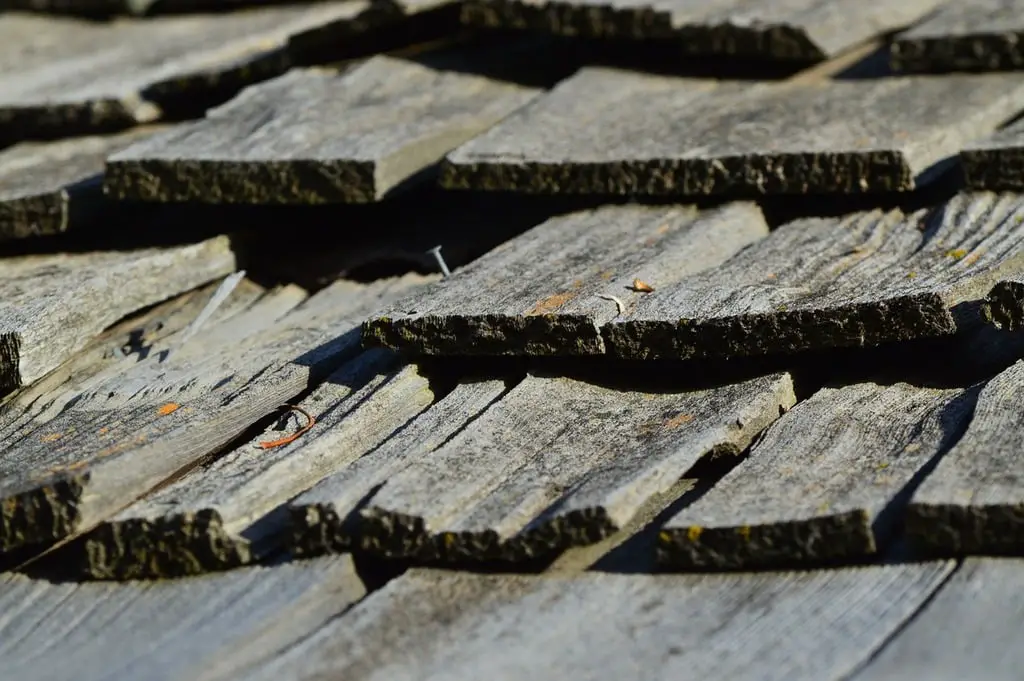
Shingles are the first line of defense against the elements, but over time, they can crack, curl, or deteriorate. Extreme weather conditions, from scorching heat to heavy snow, accelerate their breakdown, leaving your roof vulnerable to leaks. If shingles aren’t replaced when they start showing wear, water can penetrate the roof deck, leading to expensive structural damage. A full roof replacement due to shingle failure can easily cost tens of thousands of dollars.
Even minor shingle damage can escalate quickly if not addressed. Missing shingles expose the underlayment, making the roof more susceptible to water intrusion and wind damage. Patching small areas may work temporarily, but if the roof is older, a full replacement may be the only viable solution. Regular inspections and proactive maintenance can help homeowners avoid a massive, unexpected expense.
Sagging Rooflines
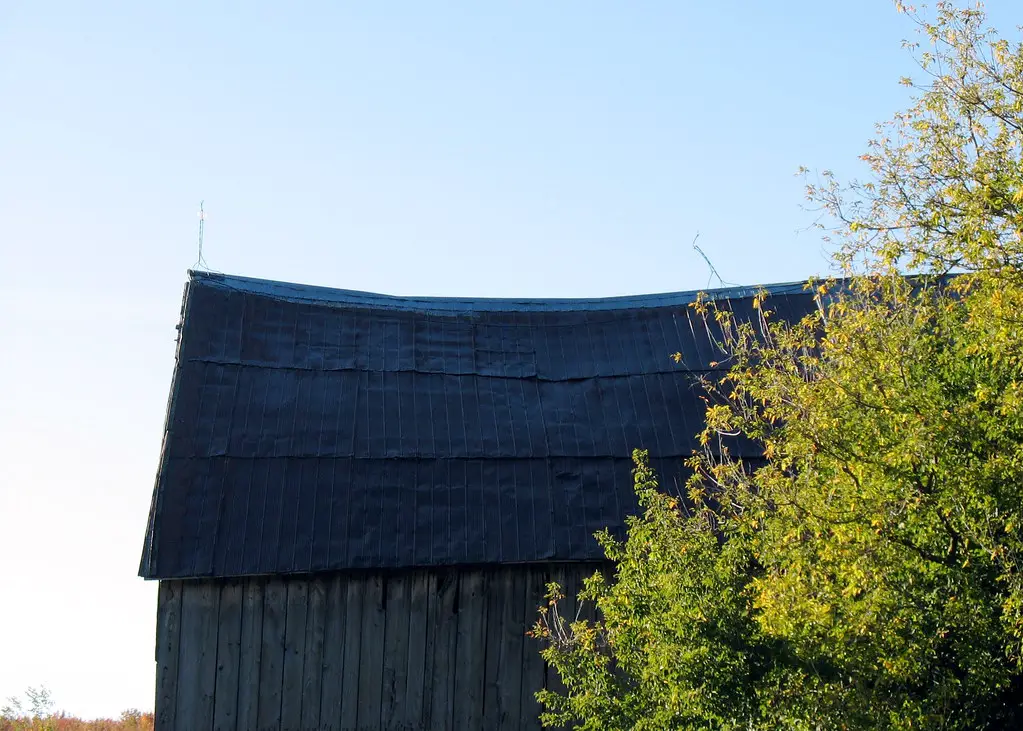
A sagging roofline is more than just an eyesore—it’s a major structural issue that signals serious problems. This issue can arise from long-term water damage, poor construction, or an aging support system. If left unaddressed, the roof’s structural integrity can weaken, leading to potential collapse in extreme cases. Repairing a sagging roof often involves reinforcing or replacing major structural components, making it one of the most expensive fixes.
The longer a sagging roof goes untreated, the worse the problem becomes. In some cases, it indicates foundational issues or rotting wood, both of which are costly to repair. Professional evaluations are necessary to determine whether the roof can be repaired or if a complete replacement is required. Catching early warning signs, such as uneven lines or dipping areas, can help prevent a full-blown disaster.
Inefficient or Outdated Ventilation Systems
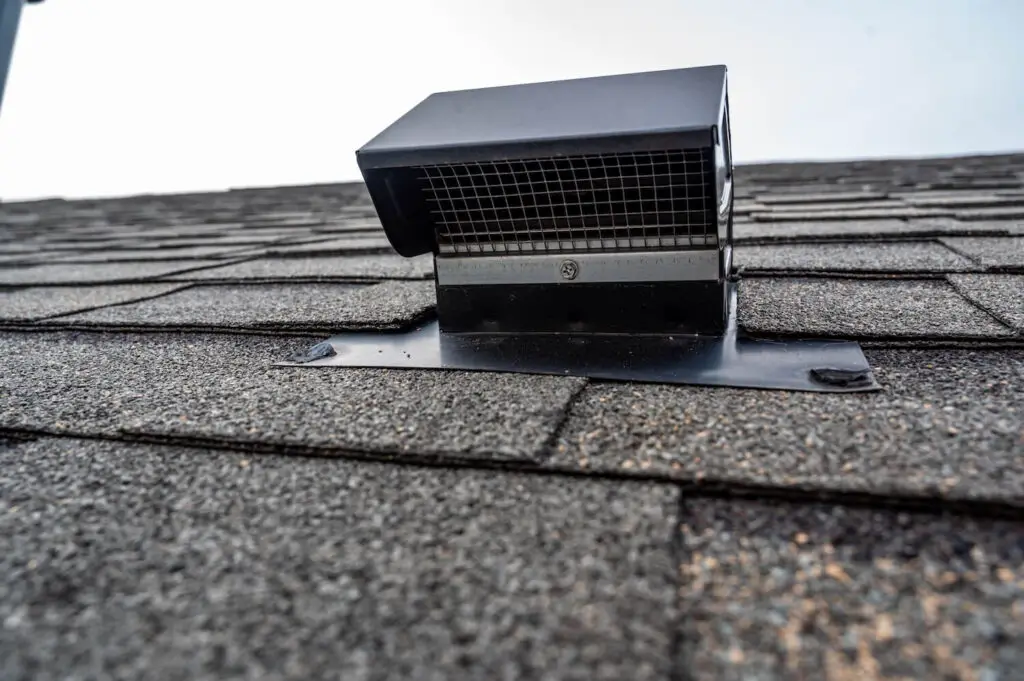
A roof’s ventilation system is critical for regulating temperature and moisture levels in the attic. Poor ventilation can lead to trapped heat and humidity, accelerating shingle deterioration and increasing the risk of mold growth. If your attic gets too hot in the summer or too damp in the winter, you could be facing expensive repairs. Upgrading an outdated ventilation system can cost thousands but is necessary to prolong the life of your roof.
Many homeowners don’t realize the impact of poor ventilation until they see high energy bills or notice moisture issues. Inadequate airflow can cause ice dams in winter, leading to leaks and structural damage. Without proper venting, mold can also spread, affecting indoor air quality and requiring costly remediation. Investing in a modern ventilation system can save homeowners money in the long run by preventing major roof problems.
Rotting Roof Decking
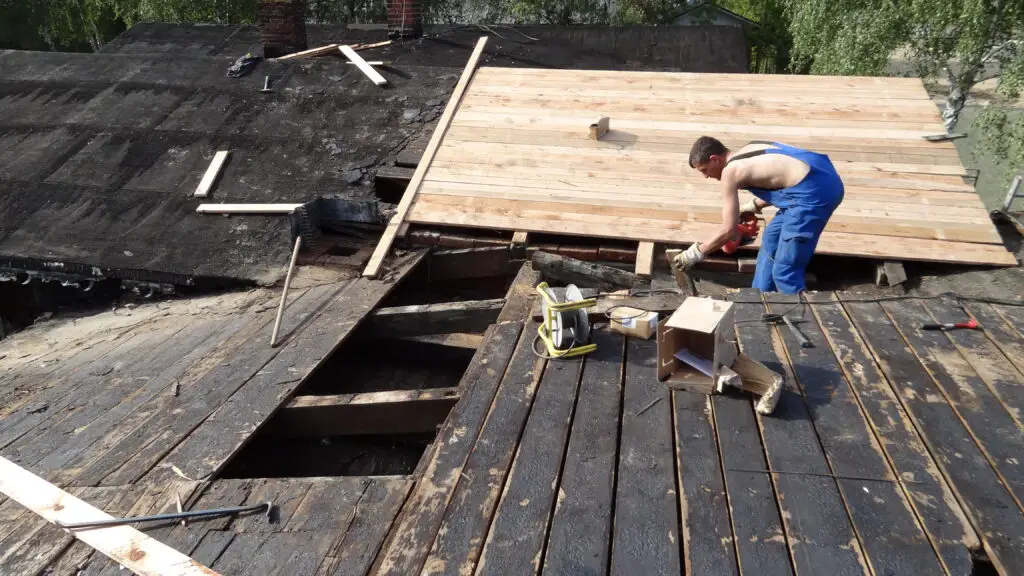
The roof decking, or sheathing, is the wooden layer beneath the shingles that provides structural support. When moisture seeps in, the wood can begin to rot, compromising the entire roofing system. Soft spots, sagging areas, or mold growth in the attic are telltale signs of deteriorating decking. Replacing rotted decking is labor-intensive and costly, often requiring a complete roof overhaul.
Once rot sets in, it spreads quickly, weakening the roof’s ability to support weight and withstand storms. If the problem is extensive, homeowners may face additional costs for repairing interior water damage. Catching early signs of water intrusion can prevent costly structural repairs. Routine inspections and maintaining proper attic ventilation can help protect the decking from premature failure.
Overhanging Tree Branches
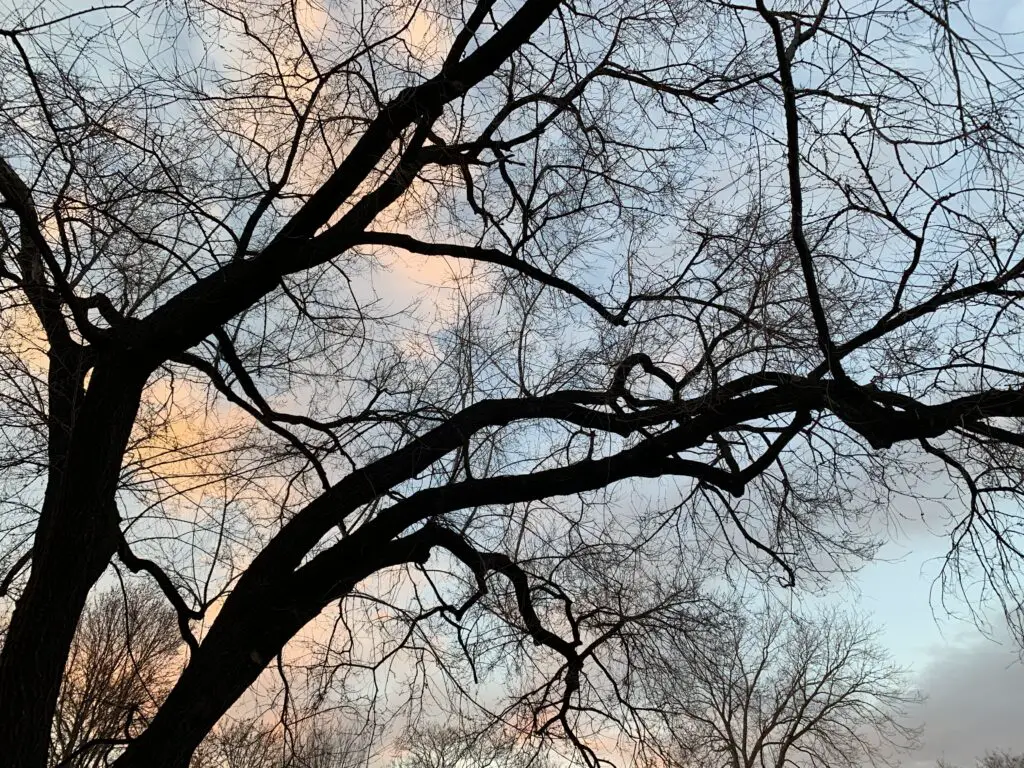
Trees provide shade and curb appeal, but overhanging branches pose a serious risk to your roof. During storms, branches can break and fall, puncturing shingles or even collapsing sections of the roof. Constant friction from branches rubbing against shingles can also wear them down over time, reducing their lifespan. If a large limb damages the roof, repairs can be extensive and costly, requiring both structural and cosmetic fixes.
Beyond physical damage, trees can contribute to moisture retention on the roof, promoting moss and mold growth. Leaves and debris can also clog gutters, leading to water buildup and leaks. Regular tree trimming is essential to minimize these risks and prevent expensive roof repairs. Investing in preventive maintenance is far more cost-effective than dealing with major damage after a storm.
DIY Repairs Gone Wrong
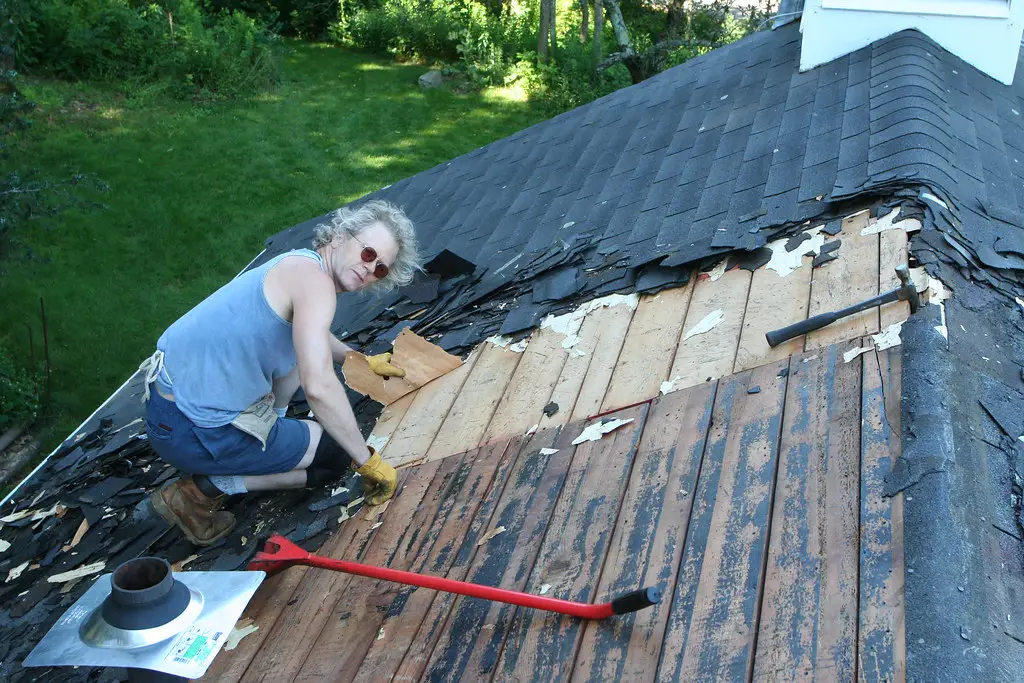
Attempting to fix roofing issues without professional help can end up costing homeowners significantly more in the long run. Many DIY repairs involve improper patching, incorrect materials, or failing to address underlying problems. A poorly executed fix can lead to leaks, structural damage, and even voiding the roof’s warranty. What might seem like a cost-saving measure can quickly turn into a major financial setback.
Climbing onto a roof without the right experience and safety precautions also presents serious risks. Falls from roofs are a leading cause of home improvement-related injuries, making professional services a safer option. Even small mistakes, like using the wrong sealant or failing to secure flashing properly, can result in costly long-term damage. It’s always best to hire an experienced roofer to ensure repairs are done correctly the first time.
